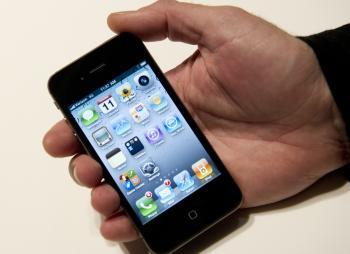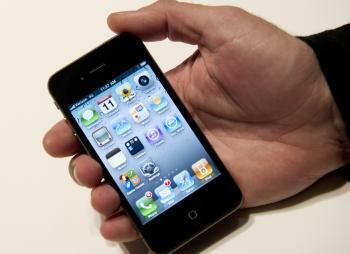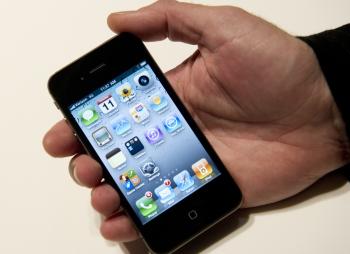Apple Touchscreen Patent Finally Approved, Problematic for Competitors
Apple Inc. finally received approval for a touchscreen patent they had filed 3 years ago. The patent grants Apple control over a wide variety of touchscreen types that many common smartphones competitors use.

The Verizon version of the Apple iPhone is displayed during Verizon's iPhone 4 launch press conference on January 11, 2011 in New York. Don Emmert/AFP/Getty Images
|Updated:



